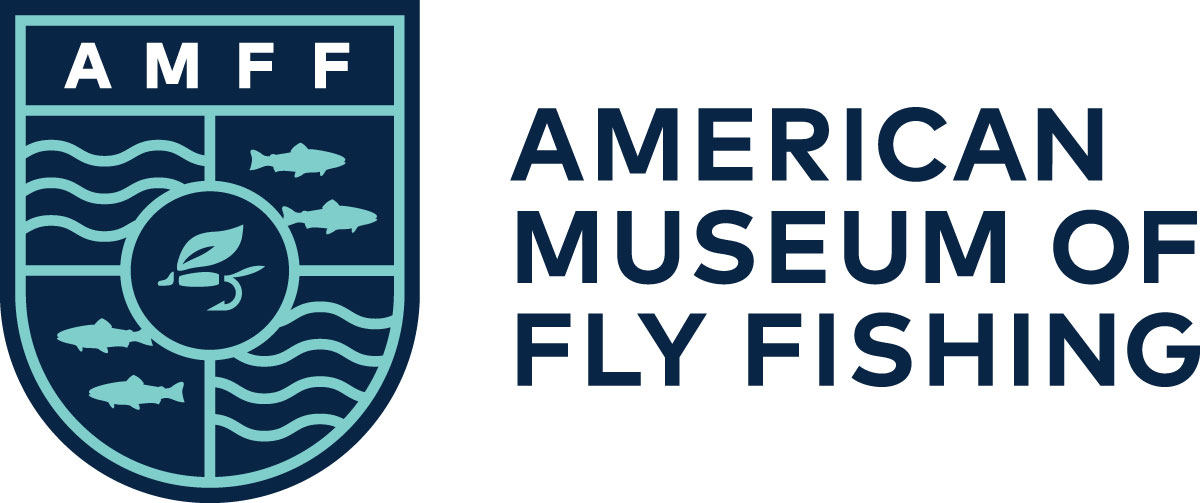

Harold Gibbs Striper Bucktail: Originated in the 1940s, it was one of the first attempts at suggesting a specific forage fish, the silversides. Lacking non-tarnishing flash material, Gibbs, a keen observer of marine life, keyed on the bluish-whites tones cast by silversides in shallow water, and attempts replication with a combination of white (first capra hair, then buck tail wing) and blue (first a swan feather, later blue buck tail). Though it may not have been intentional, the stout, short-shank, round-bend hook used tended to keep the weight forward, encouraging a subtle head-dipping movement between strips, and also discouraged wing material fouling.
Made byHarold Gibbs